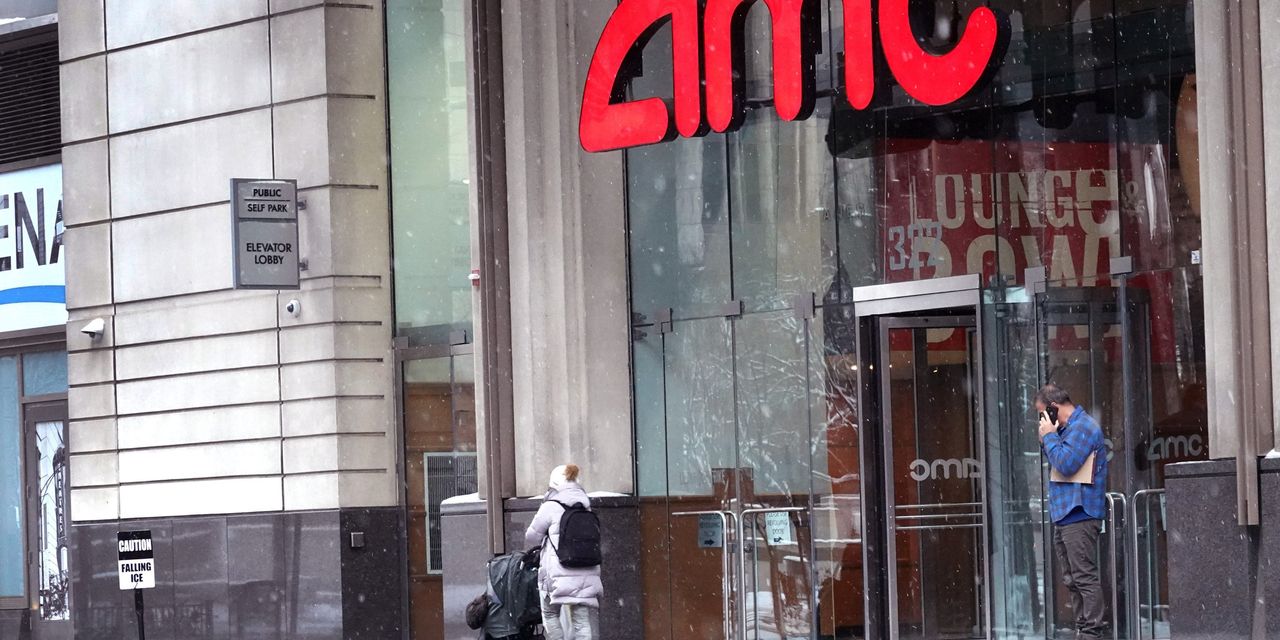
The numbers: Americans cut spending in December for the second month in a row as a record increase in coronavirus cases opened fresh cracks in the economy and stunted the recovery.
Consumer spending sank by 0.2%, the government said Friday.
The drop in spending toward the end of the year robbed the economy of momentum. Gross domestic product slowed to 4% annualized growth and left the economy with some gaping holes to fill.
If there’s a silver lining, spending didn’t fall as much as expected. Economists polled by Dow Jones and the Wall Street Journal has forecast a 0.4% drop What’s more, the decline in November was not as steep as originally reported.
Read: U.S. economy grew a slower 4% at end of 2020, GDP shows
Meanwhile, incomes rose by 0.6% in December, suggesting consumers still have money to spend once they regain confidence in the economy. The savings rate is still extremely high at 13.7%, about twice as much as normal
Incomes might get another boost early in 2021 owing to an increase in federal aid for the unemployed and the likelihood of more money from the Biden administration.
What happened: The virus began spreading again in October and cases rose to record levels by year end, pushing a number of state and local governments to reapply restrictions on business. Fear of catching the virus also caused many customers to stay away.
Restaurants, hotels and other labor-intensive businesses that rely on close contact with customers were hit hard again. Many were forced to cut back hours or even close, resulting in more layoffs. The U.S. lost jobs in December for the first time in eight months.
Spending fell the most in December on recreation goods and vehicles, groceries, liquor and services such as dining out. Americans also cut spending on non-essentials.
The cost of goods and services perked up a bit, however.
The PCE price index, the Federal Reserve’s preferred inflation gauge, rose 0.4% in December. A separate “core” measure that strips out food and energy also moved up 0.3%.
Inflation has risen just 1.3% in the past 12 months, however. That was up two ticks from 1.1% in the prior month.
Many economists predict the yearly rate of inflation will top 2% later this year, but it’s unlikely to go much above that or worry the Fed given the shackles still holding the economy back.
Read: Durable-goods orders and business investment climb for eighth month in a row
The big picture: Consumer spending is the biggest contributor to U.S. economic growth and it’s no surprise there was a dropoff last month.
The weakness in spending is likely to carry into early 2021, but an increase in federal aid and the accelerating rollout of vaccines should spur a rebound by the spring. Some analysts even predict pentup consumer demand could trigger a major surge in U.S. economy by mid-year.
What they are saying? ” The recent wave of virus infections and restrictions on activity ensured that consumption ended last year on a weak note, but there are a number of reasons to expect spending to rebound sharply in the first few months of this year,” said U.S. economist Andrew Hunter at Capital Economics.
Market reaction: Market reaction: The Dow Jones Industrial Average DJIA, +0.99% and S&P 500 SPX, +0.98% were set to open lower in Friday trades.











Add Comment